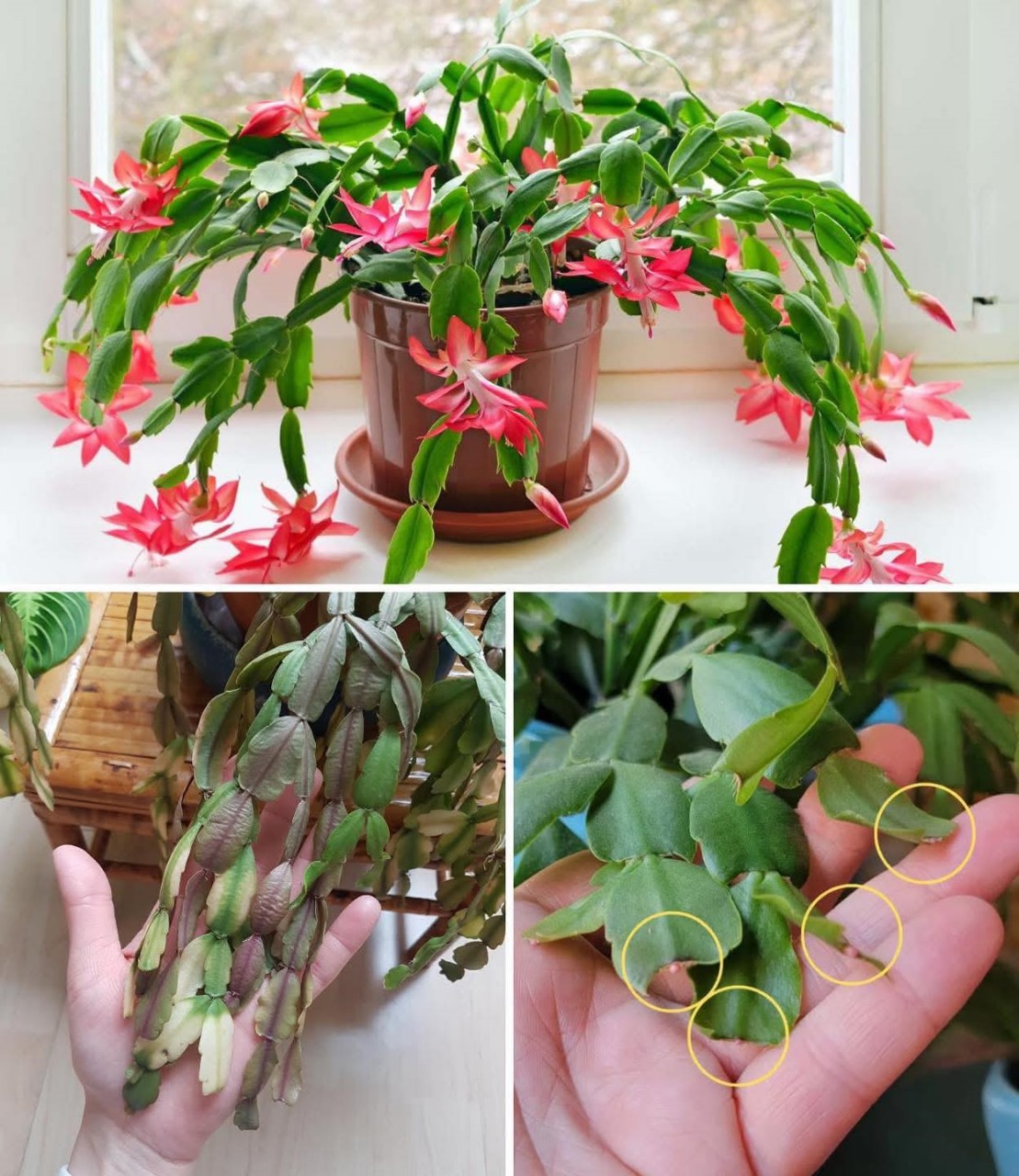The Christmas Cactus (Schlumbergera spp.) is a favorite among indoor plant lovers – not just for its graceful, arching stems and elegant segmented leaves, but for the surprise it brings each winter: a burst of vibrant pink, red, white, or purple blooms that often coincides with the holiday season.
But if your Christmas Cactus refuses to flower, you’re not alone. Many gardeners struggle to coax buds from this festive plant, and the reason usually lies in a handful of avoidable mistakes.
In this guide, we’ll dive deep into why your Christmas Cactus may not be blooming – and how to fix it.
You’ll learn the environmental conditions, care habits, and seasonal routines your plant needs to bloom reliably year after year.
1. Inconsistent or Incorrect Light Exposure
Light is one of the most critical triggers for flower bud formation in Christmas Cacti. These plants are photoperiodic, meaning they rely on day length to know when to bloom.
Why It Matters:
To develop buds, your plant needs shorter days and longer nights – about 12 to 14 hours of uninterrupted darkness per day for at least 6 weeks.
Common Mistake:
Leaving your cactus near artificial lights or not giving it enough natural darkness at night.
Solution:
Place the plant in a spot with bright, indirect sunlight during the day, and absolute darkness at night. Even small interruptions of light (like streetlamps or TV glare) can throw off its bloom cycle.
Consider covering it with a light-blocking cloth at night or placing it in a dark closet after sundown during the pre-bloom phase (usually in fall).
2. Temperature Fluctuations or Poor Timing
The Christmas Cactus thrives with a clear seasonal transition – specifically a period of cooler nighttime temperatures (around 50–60°F or 10–15°C) before blooming.
Common Mistake:
Keeping your cactus in warm, indoor temperatures all year round without providing that seasonal cue.
Solution:
Move your plant to a cooler room in fall (like a porch, sunroom, or guest room that stays cooler at night) for 6–8 weeks.
Just be sure it’s not exposed to frost. Consistent cooler nights paired with darkness will signal the plant to set buds.
3. Overwatering or Underwatering
Like most cacti, the Christmas Cactus dislikes soggy soil. But unlike desert cacti, it also doesn’t like being bone dry for long periods.
What Goes Wrong:
Overwatering can lead to root rot, which prevents blooms.
Underwatering during bud formation can cause buds to drop or fail to form at all.
Solution:
Let the top inch of soil dry out before watering. Always empty the saucer after watering to avoid soggy roots. In fall, reduce watering slightly to simulate natural dormancy. Once buds form, resume moderate watering.
4. The Wrong Pot Size or Repotting at the Wrong Time
Christmas Cacti actually like being a bit root-bound. A pot that’s too large encourages root and leaf growth, not flowers.
What to Avoid:
Repotting too often (no more than once every 2–3 years)
Using a pot much larger than the root system
Best Practice:
Use a snug container with drainage holes. Repot in spring (after blooming ends) and refresh the soil. Don’t repot in the fall or winter when buds are forming.
5. Nutrient Deficiencies
Christmas Cacti are moderate feeders. If you haven’t fertilized in months – or you’re using the wrong fertilizer – your plant may lack the nutrients needed to bloom.
What It Needs:
A balanced fertilizer (like 20-20-20) in spring and summer
A bloom-boosting fertilizer (high phosphorus, like 10-30-10) in early fall
What to Avoid:
Fertilizing too late in the season (after October)
Excessive nitrogen, which promotes leaf growth over flowers
6. Skipping the Rest Period
SEE NEXT PAGE
ADVERTISEMENT

